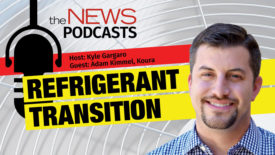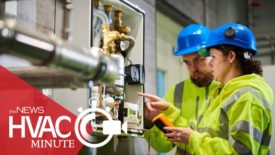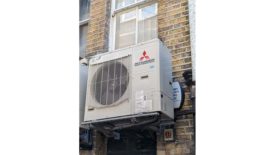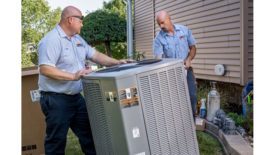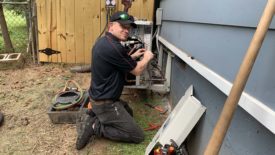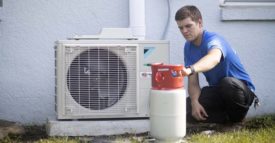Home » Keywords: » refrigerant regulations
Items Tagged with 'refrigerant regulations'
ARTICLES
An HVAC Minute Video Update: July 1, 2024
Read More
FROSTlines
NY Grocers Call For State to Pause HFC Standard
Concern is that proposed regulations could have devastating impacts on retail food industry
June 29, 2024
FROSTlines
SNAP Rule 26 Clears A2Ls for Takeoff
Companies can now start manufacturing lower-GWP commercial refrigeration equipment
Read More
FROSTlines
Refrigerant Transition Takes a Big Step in 2025
Prepare to say goodbye to the manufacture of R-410A units and hello to California’s HFC ban
Read More
HVAC Equipment Prices Expected to Keep Rising
OEMs predict that prices will continue to increase on both A2L and R-410A systems
Read More
Expert Advice on Navigating that First A2L Installation
Contractors need to be prepared to install the new R-32 and R-454B systems
Read More
EVENTS
Sponsored Webinar
10/18/23 to 10/18/24
Contact: Ian
The A2L Transition: Is Your HVAC Business Ready?
Sponsored Webinar
11/30/23 to 11/30/24
Contact: Ian
Refrigerant Landscape Evolution and Detection Solutions
Sponsored Webinar
12/6/23 to 12/6/24
Contact: Ian
Collaboration Brings A2L Technology to the Forefront of Commercial Refrigeration
Sponsored Webinar
12/13/23 to 12/13/24
Contact: Ian
R-32, The Clear Choice for Low GWP Refrigerants: Fact vs. Fiction
Sponsored Webinar
1/11/24 to 1/11/25
Contact: Ian
Transition to a Low-Carbon Future with A2L Refrigerants
Sponsored Webinar
3/6/24 to 3/6/25
Contact: Ian
Are A2L Refrigerants Elevating In-Room HVAC Solutions?
Copyright ©2024. All Rights Reserved BNP Media.
Design, CMS, Hosting & Web Development :: ePublishing


